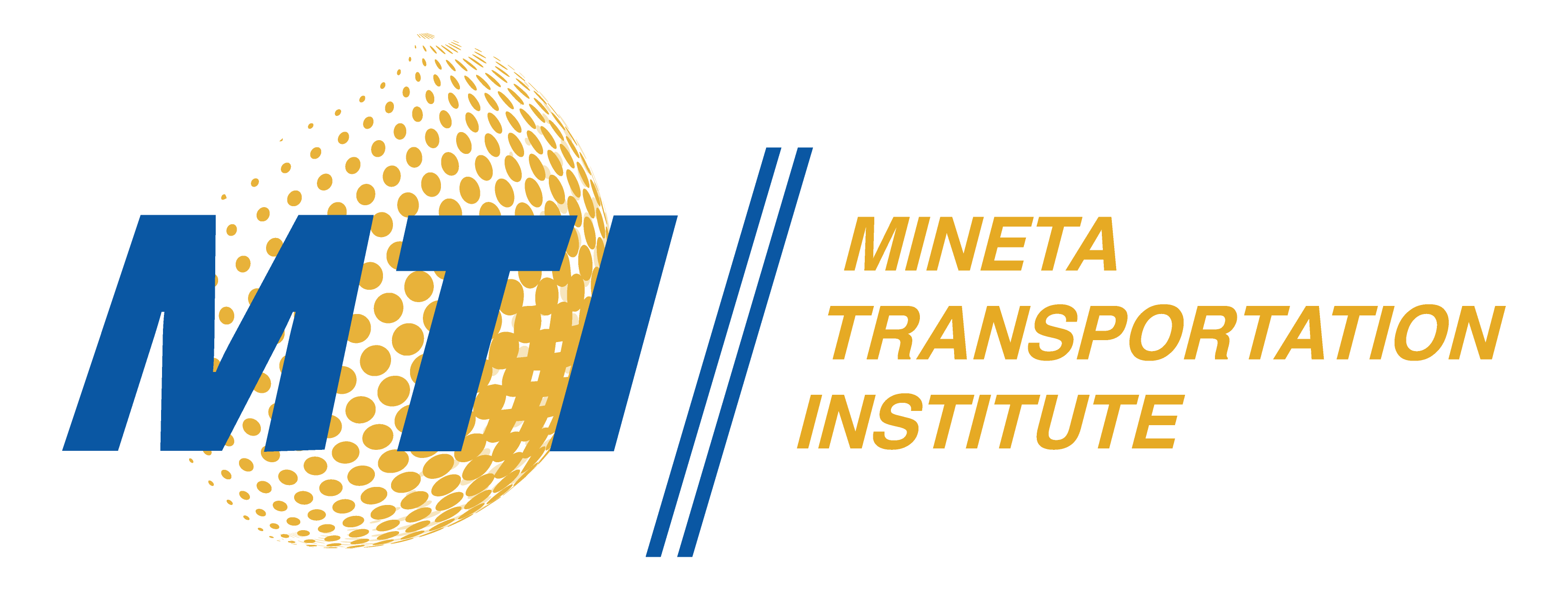Description
Road/bridge construction and maintenance projects are major contributors to greenhouse gas (GHG) emissions such as carbon dioxide (CO2), mainly due to extensive use of heavy-duty diesel construction equipment and large-scale earthworks and earthmoving operations. Heavy equipment is a costly resource and its underutilization could result in significant budget overruns. A practical way to cut emissions is to reduce the time equipment spends doing non-value-added activities and/or idling. Recent research into the monitoring of automated equipment using sensors and Internet-of-Things (IoT) frameworks have leveraged machine learning algorithms to predict the behavior of tracked entities.
In this project, end-to-end deep learning models were developed that can learn to accurately classify the activities of construction equipment based on vibration patterns picked up by accelerometers attached to the equipment.
Data was collected from two types of real-world construction equipment, both used extensively in road/bridge construction and maintenance projects: excavators and vibratory rollers. The validation accuracies of the developed models were tested of three different deep learning models: a baseline convolutional neural network (CNN); a hybrid convolutional and recurrent long shortterm memory neural network (LSTM); and a temporal convolutional network (TCN). Results indicated that the TCN model had the best performance, the LSTM model had the second-best performance, and the CNN model had the worst performance. The TCN model had over 83% validation accuracy in recognizing activities.
Using deep learning methodologies can significantly increase emission estimation accuracy for heavy equipment and help decision-makers to reliably evaluate the environmental impact of heavy civil and infrastructure projects. Reducing the carbon footprint and fuel use of heavy equipment in road/bridge projects have direct and indirect impacts on health and the economy. Public infrastructure projects can leverage the proposed system to reduce the environmental cost of infrastructure project.
Publication Date
12-2019
Publication Type
Report
Topic
Transportation Engineering, Transportation Technology
Digital Object Identifier
10.31979/mti.2019.1852
MTI Project
1852
Mineta Transportation Institute URL
https://transweb.sjsu.edu/research/1852-Automated-Measurement-Heavy-Equipment-Emissions
Keywords
Road construction, ANNs (artificial neural networks), Emissions, Construction equipment, Greenhouse gases
Disciplines
Construction Engineering and Management
Recommended Citation
Reza Akhavian. "Automated Measurement of Heavy Equipment Greenhouse Gas Emission: The case of Road/Bridge Construction and Maintenance" Mineta Transportation Institute (2019). https://doi.org/10.31979/mti.2019.1852
Research Brief

